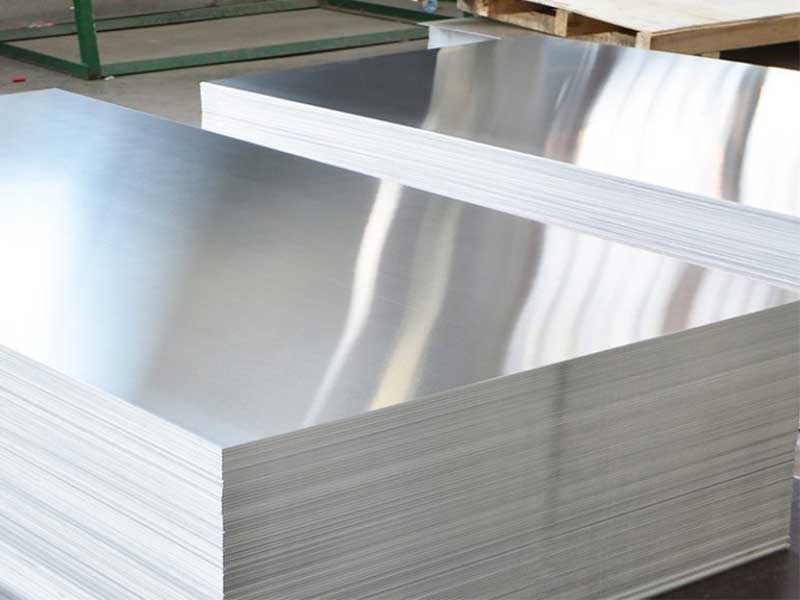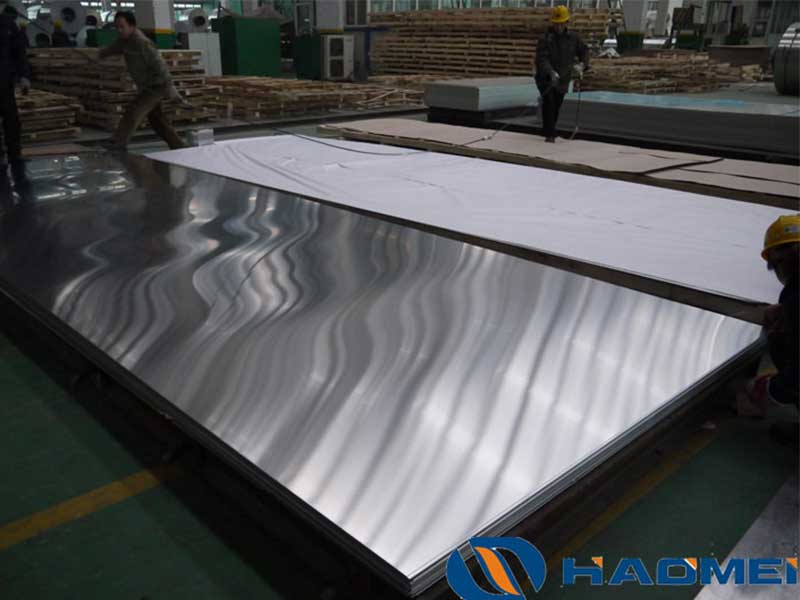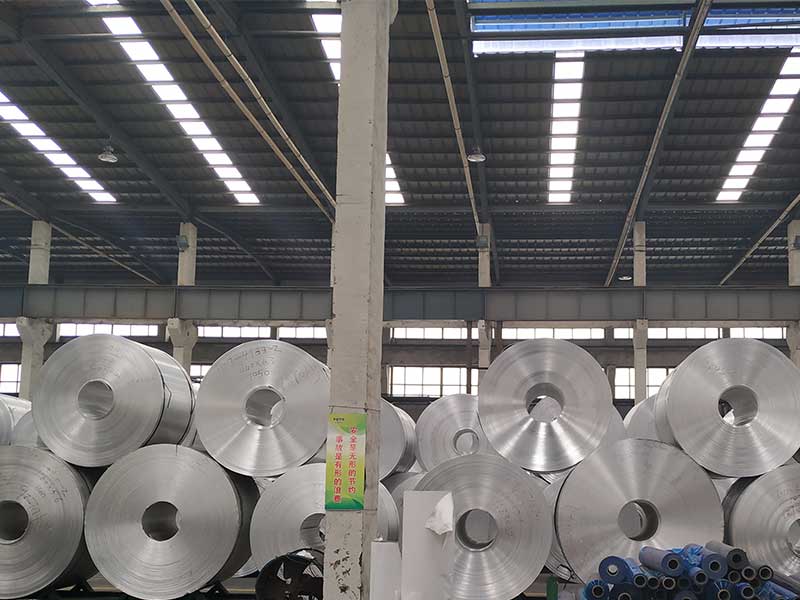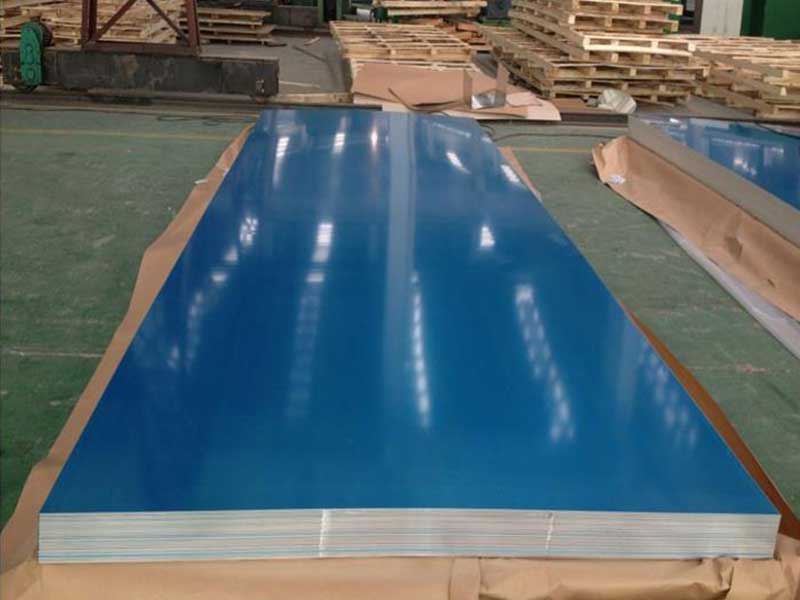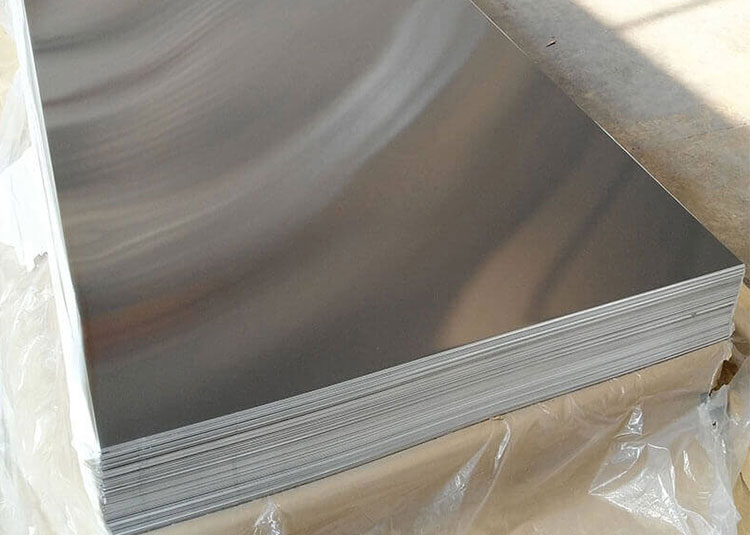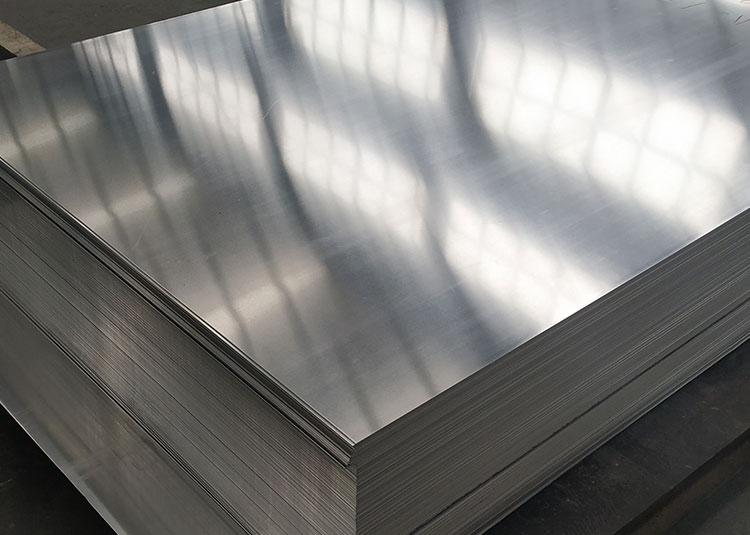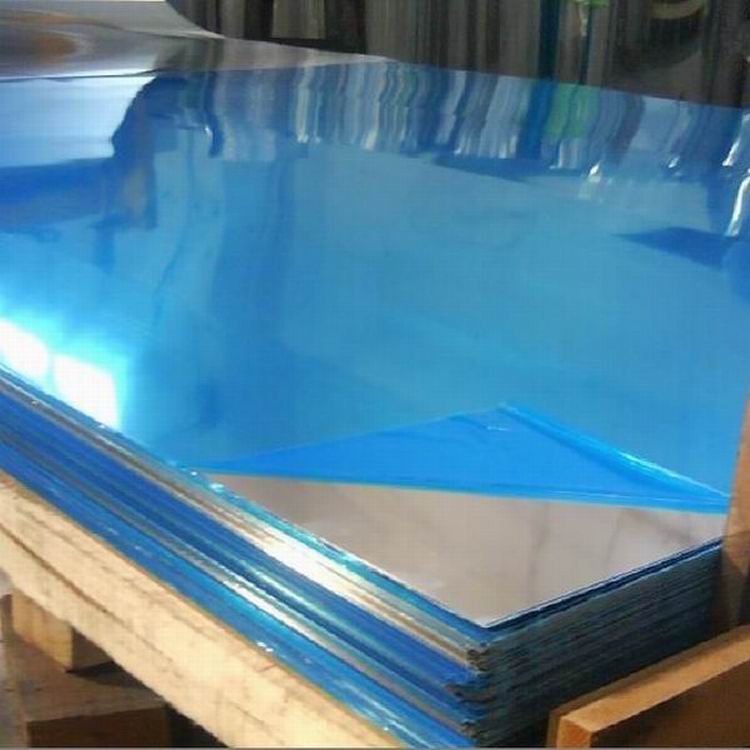The aluminum industry has seen remarkable advancements with a wide range of aluminum sheets designed to meet diverse engineering needs. Among these, the H112 temper aluminum sheet holds a prestigious position due to its statistically reliable mechanical properties and robust performance across numerous applications.
What is H112 Temper Aluminum Sheet?
The H112 temper designation is an industry-standard tempering specification that relates to the work-hardening (strain hardening) process undergone by the aluminum sheet. Distinct from heat treatment tempers like T3 or T6, the H temper system indicates cold working level conditions. Specifically, H112 temper aluminum sheet signifies that the sheet is strain-hardened to a predefined condition suitable for controlled mechanical properties without subsequent solution heat treatment or artificial ageing.
H112 temper aluminum sheet, a half-hard alloy, presents a fascinating challenge in our sheet production. Its strength-to-workability balance is a double-edged sword. While its higher strength compared to softer tempers like O or H14 allows for applications requiring greater rigidity and structural integrity, it necessitates more careful handling during forming processes. We've found that slight variations in die design, press speed, and lubrication can significantly impact the final product quality, ranging from minor surface imperfections to catastrophic cracking. Optimization of these variables requires a meticulous approach and often involves iterative adjustments based on real-time feedback from the production line. the material's strain hardening characteristics is critical; pushing it too hard leads to work hardening and embrittlement, while insufficient forming can result in inadequate component strength.
Our experience shows that the success with H112 relies heavily on precise control over the entire production chain, from incoming raw material quality to the final inspection. We've implemented rigorous quality checks at each stage, including grain size analysis and tensile testing, to ensure consistency and minimize defects. Furthermore, operator training plays a vital role. Experienced personnel can often identify subtle signs of material stress or impending failure during the forming process, enabling timely adjustments to prevent scrap and maintain the high quality expected of our aluminum sheet. Proper storage and handling are equally important to prevent warping or surface damage which can compromise the integrity of the final product. We'
- The "H" relates to strain hardening,
- The set of digits (“112”) defines the degree of hardening and treatment sequence.
Primarily aluminum alloy sheets in H112 temper are used where excellent formability combined with a moderate yield strength and tolerance control are essential.
Technical Properties and Parameter Review
The H112 temper light aluminum sheets belong broadly in the 1xxx to 8xxx aluminum alloy categories, with widespread use seen in popular alloys such as AA1100, AA3003, AA5052, AA5454, and AA8011. Here is a breakdown of the exact characterization:
| Parameter | Description |
|---|---|
| Temper Designation | H112 (strain hardening temper) |
| Alloy System | 1xxx, 3xxx, 5xxx, 8xxx (Commonly AA5052, AA8011) |
| Thickness Range | Typically 0.2 mm to 6.0 mm (varies with supplier) |
| Tensile Strength (MPa) | Varies by alloy—e.g., AA5052: ~190-240 MPa |
| Yield Strength (MPa) | Typically 90-180 MPa depending on alloy and thickness |
| Elongation at Break (%) | Approximate 5-18% depending on alloy curvature |
| Surface Condition | Mill finished, no substantial post-process finishes |
Implementation Standards
The manufacturing and quality controls adhere to international and regional standards such as:
- ASTM B209 — Standard Specification for Aluminum and Aluminum-Alloy Sheet and Plate
- EN 485-2 — Aluminium and aluminium alloys — Sheet, strip and plate — Part 2: Mechanical properties
- JIS H4100 — Industrial standard for aluminum thin plates and sheets
Compliance with standards guarantees dimensional, chemical, mechanical consistencies affecting fabrication success and application endurance.
Chemical Composition of Common Alloys in H112 Temper
Aluminum sheets in H112 temper can be found in multiple alloys; the chemical balance dictates hardness, corrosion resistance, weldability, and ductility. Below is an example chemical property table for AA5052 H112 aluminum sheet, a common alloy choice:
| Element | AA5052 (wt. %) |
|---|---|
| Aluminum (Al) | 96.7 min |
| Magnesium (Mg) | 2.2 - 2.8 |
| Chromium (Cr) | 0.15 - 0.35 |
| Iron (Fe) | ≤ 0.4 |
| Copper (Cu) | ≤ 0.1 |
| Manganese (Mn) | ≤ 0.1 |
| Silicon (Si) | ≤ 0.25 |
| Zinc (Zn) | ≤ 0.1 |
| Titanium (Ti) | ≤ 0.03 |
| Other (each) | ≤ 0.05 |
| Other (total) | ≤ 0.15 |
This alloy composition combines moderate strength, good corrosion resistance (notably marine resistance), as well as excellent weldability and formability.
Alloy Tempering and Material Conditions
H112 temper is typically achieved by manufacturing processes involving controlled cold working (annealing, limited strain hardening) done mostly after rolling, encouraging specific grain size and crystallographic texture imparted in the metal. Such temper:
- Minimizes unpredictable deformation during forming
- Balances surface toughness and strength
- Enables predictable elongation, important for folding, bending, and deep drawing
By adjusting deformation degrees between partial annealing and tensile strain hardening, H112 temper provides an intermediate condition preventing the brittleness seen in higher hardening tempers while still delivering substantial structural integrity.
Functional Benefits
- Corrosion Resistance: Suitable for environments requiring moderate exposure to moisture and corrosives, especially when paired with Al-Mg alloy variants.
- Formability: Its intermediate hardness delivers sheet workability—critical in complex shapes and assemblies.
- Dimensional Stability: Material tolerances allow precision profiles, minimizing downstream processing reworks.
- Joining Compatibility: Supports welding, riveting, and adhesive bonding due to stable metallurgical conditions.
- Surface Treatments: Supports anodizing, painting, and lamination without loss of mechanical or aesthetic integrity.
Applications and Industry Use Cases
Due to these combined properties, H112 temper aluminum sheets are heavily utilized in these sectors:
1. Packaging Sector
- Food and beverage can manufacturing utilizes AA8011-H112 due to its optimal forming properties and corrosion resistance.
- Foil and sheet material for sachets and wrapping ensure hygienic and lightweight barriers.
2. Automobile Industry
- Lightweight body panels and structural reinforcements use H112 temper for a balance of strength and formability essential for crash performance and design.
- Alloy AA5052-H112 is common due to corrosion strength, excellent during metal stamping processes.
3. Architectural and Construction Sector
- Roofing, facades, and heat/sound insulation support durable thin sheets processed from H112 tempers.
- Electrical wiring covers and ventilated panels demand dimensional and corrosion control associated with these materials.
4. Household and Consumer Goods
- Cooking utensils, portable ladders, heat exchangers and furniture components efficiently employ H112 temper sheets due to safety and lifecycle reliability.
Final Thoughts
The H112 temper aluminum sheet stands out for its clubs of balanced mechanical properties achieved through precision cold work and expertly controlled alloy content. Its large spectrum of applications across packaging, automotive, construction, and consumer industries affirms its relevance in today's materials science landscape.
When considering aluminum sheet purchase or production, bear in mind how H112 temper’s functionality interplays with the engineering requirements—embracing formability, moderate strength, and surface finishing compatibility. the chemical composition, tempering standard, and implementation protocols equips buyers, engineers, and manufacturers with the insight needed to make informed choices backed by profound technical truths.
For premium quality H112 temper aluminum sheet—engineered for precision and durability—contact us today or visit our product range overview. We specialize in delivering alloys suited for your exact industrial challenge with certifications and consistent supply.
Author: Aluminum Sheet ExpertDate: June 2024


